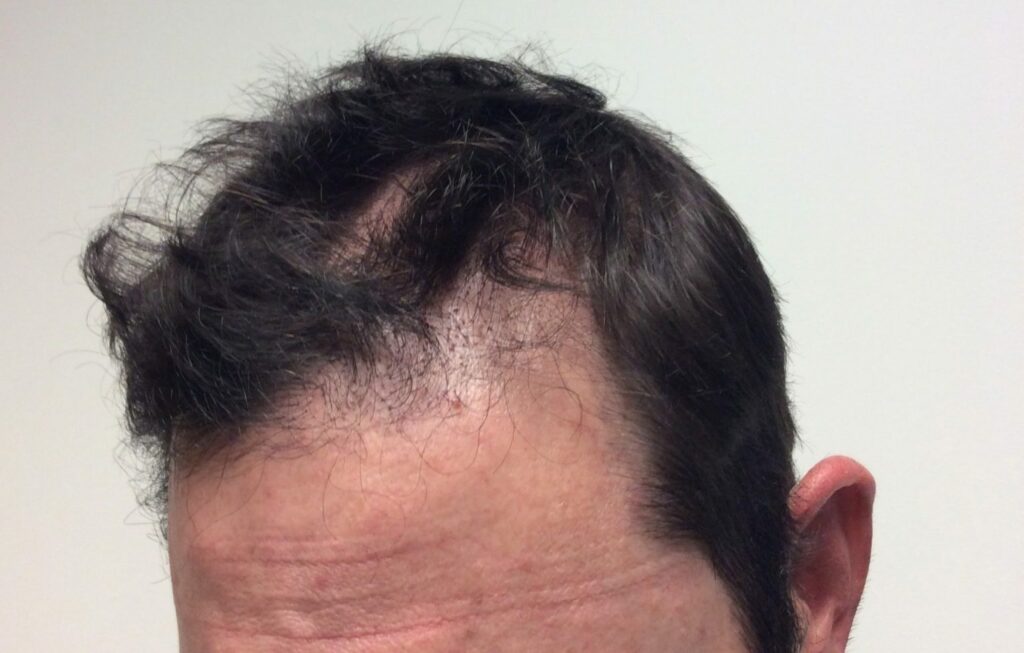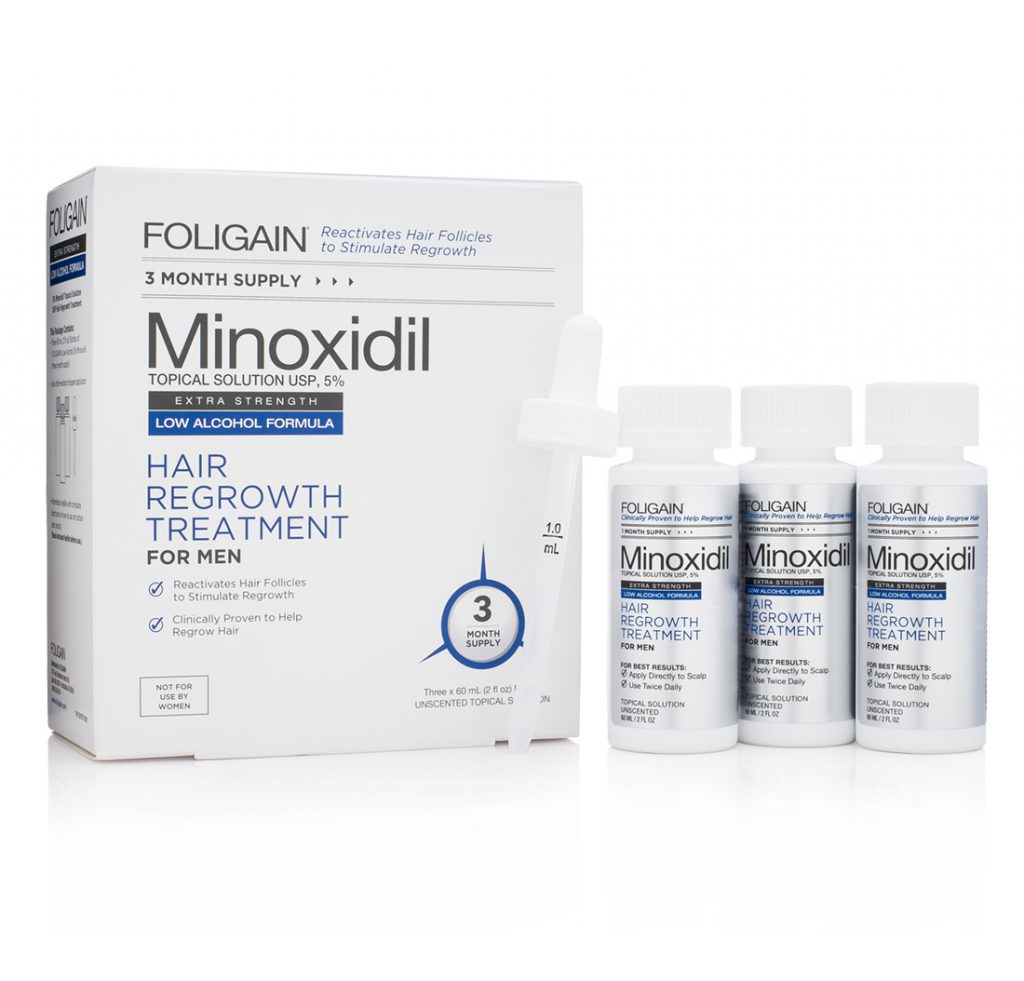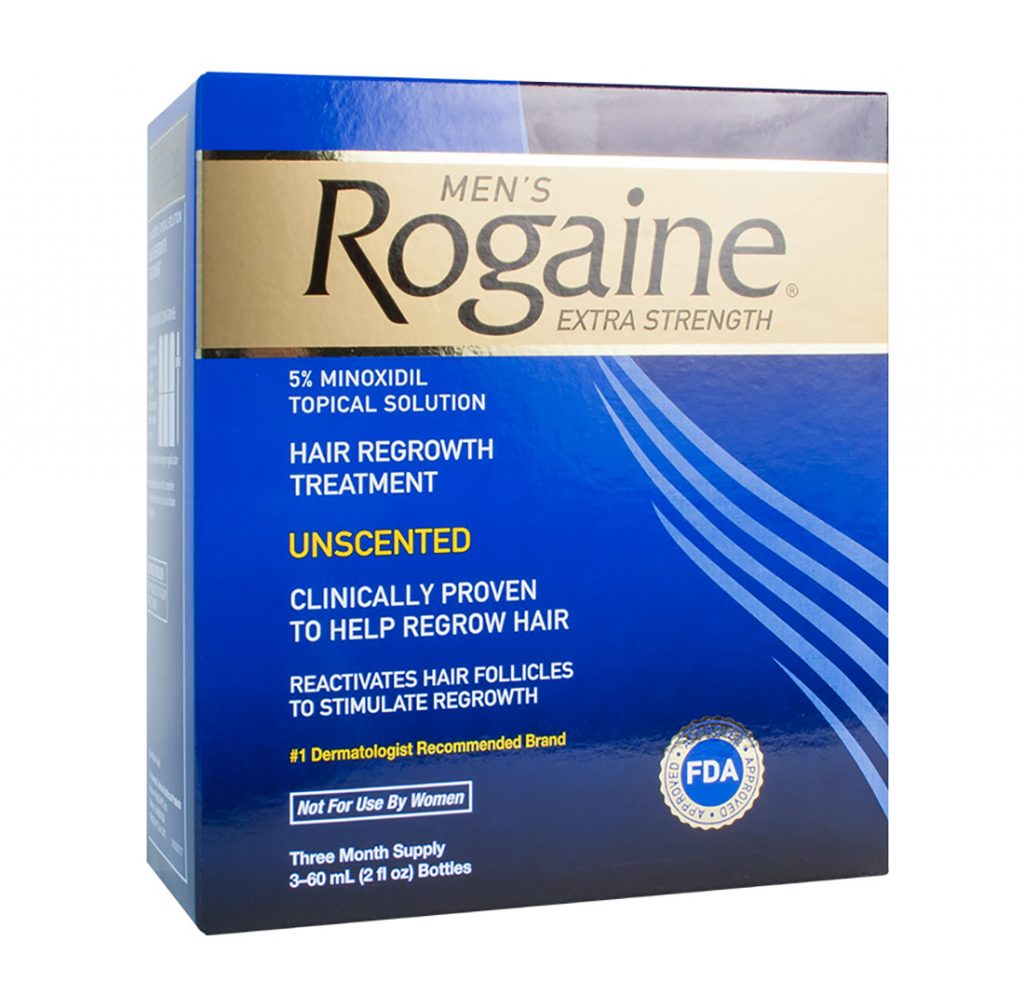Hair loss prevention and post hair transplant care
Contents
What is hair loss prevention and how is it different to hair transplantation?
We have previously discussed what hair transplantation is, how it works, and the possible methods of surgery. In this blog we will look at hair loss prevention. To find out more about hair transplants check out our blog post Hair transplantation – What is it and which one is best for me
It should be stated right from the outset there is no medication that will magically bring your hair back if you are as bald as The Rock… yet. But fear not, not all hope is lost! Even if you have experienced severe hair loss, hair transplantation might still be a viable option for you.
In this blog the focus will be on discussing hair loss prevention, not hair transplants.

Hair loss prevention is steps taken against hair loss by men and women who want to retain their locks but are afraid that due to age or genetics, it might start to thin or recede. Others might have already started to experience a receding hair line, mild MPB (male pattern baldness) or thinning hair, and want to take action to prevent further loss.
Whatever the reason is, thanks to breakthroughs in medical science, it is now possible to take medicine that can slow down or even completely stop hair loss. In some cases, medication can even reverse the hair loss and gain some hair (although the latter happens very rarely).
Continued hair loss treatment AFTER surgery
Something that is not well known among individuals who have had a hair transplant, is the continued need for hair loss prevention treatment, even after surgery. Most people think that after they have had a hair transplant, their hair loss woes are over. This is only half true. There will be no more hair loss at the newly transplanted areas, yes. But unfortunately the hair in areas that did not require a transplant, is still prone to hair loss. Therefore, the hair needs to be protected.
In many cases people that have had hair transplants and who did not take preventative measure for the rest of the head, will often have to return in five or so years, not for a transplant in the previous area, but for a transplant in a new area. Once you start losing hair it is an unending process that never lets up, unless there is intervention, in the form of medication or transplants.

What are the options?
We will be taking a look at three different options for hair loss prevention.
Minoxidil (Rogaine)
A very common nonprescription medication for men and women that can be bought over the counter. Minoxidil is a liquid or foam that is applied to the scalp, usually dry hair, which promotes regrowth in areas that have started to show signs of thinning. As with most things, Minoxidil is not guaranteed to work for everyone, as some users have reported “very effective”, some “effective” and others “ineffective”. So it really comes down to the individual and how well their body responds to the treatment.
Minoxidil needs to be applied for at least a few months before results, if any, start to become visible. For this product to remain effective you will need to keep applying it indefinitely, which means a lifelong commitment if you want to retain your hair.


Finasteride (Propecia)
Unlike minoxidil, finasteride is a prescription medication for hair loss prevention, which means you need to consult with a doctor first in order to receive it. Finasteride is a pill that needs to be taken daily and for you to hold on to the benefits it needs to be taken indefinitely. Meaning if you stop taking it, the effects will reverse and hair loss will continue. It can take up to three months of use to start seeing results from finasteride and patients are advised to always follow their doctor’s advice.

Dutasteride
Dutasteride is another form of oral medication that is used to help prevent hair loss. Studies suggest that dutasteride blocks 90 percent of DHT, the hormone responsible for hair loss, whereas finasteride only blocks 70 percent of DHT. It is worth noting that dutasteride is a newer medication than finasteride and unlike finasteride, it has not been approved by the FDA as a hair loss prevention medicine. It has only been approved as benign prostatic hyperplasia (BPH, or prostate enlargement) medicine.
When to start using it?
If you are concerned about hair loss or if you have already started seeing signs of hair loss it could be a good time to start using medication. The best thing to do is to visit your doctor and discuss your options. In some cases the use of only minoxidil is necessary, and for some perhaps only an oral medication is needed. Sometimes, a doctor might advise you to use the liquid and oral medication together. In principle, any suitable person can start using hair loss medication if they are worried about going bald.
Who can use it?
If you start experiencing hair loss or are afraid of hair loss the best thing to do would be to consult your doctor and discuss whether you are eligible to use some or any forms of hair loss treatments. As a general rule, you need to be at least older than eighteen to consider using hair loss medication.
Another thing to consider is the cause of your hair loss. If you are losing hair due to stress then perhaps you might not be the right candidate. A change of lifestyle could be a better solution in such cases.
Hair loss prevention usually works best for people younger than forty years old and it won’t help people who have already gone completely bald. In these cases the best remedy might be a hair transplant procedure.
What are the side effects?
Side effects from these treatments are rare and will vary from person to person. In some cases users have reported mild side effects such as: scalp irritation and changes in hair texture and color. More severe side effects, although rare, have also been reported. These include; dizziness, swelling of hands and feet, and some users also reported a loss of sex drive and sexual impotence.







